How to Plan RV Trip?
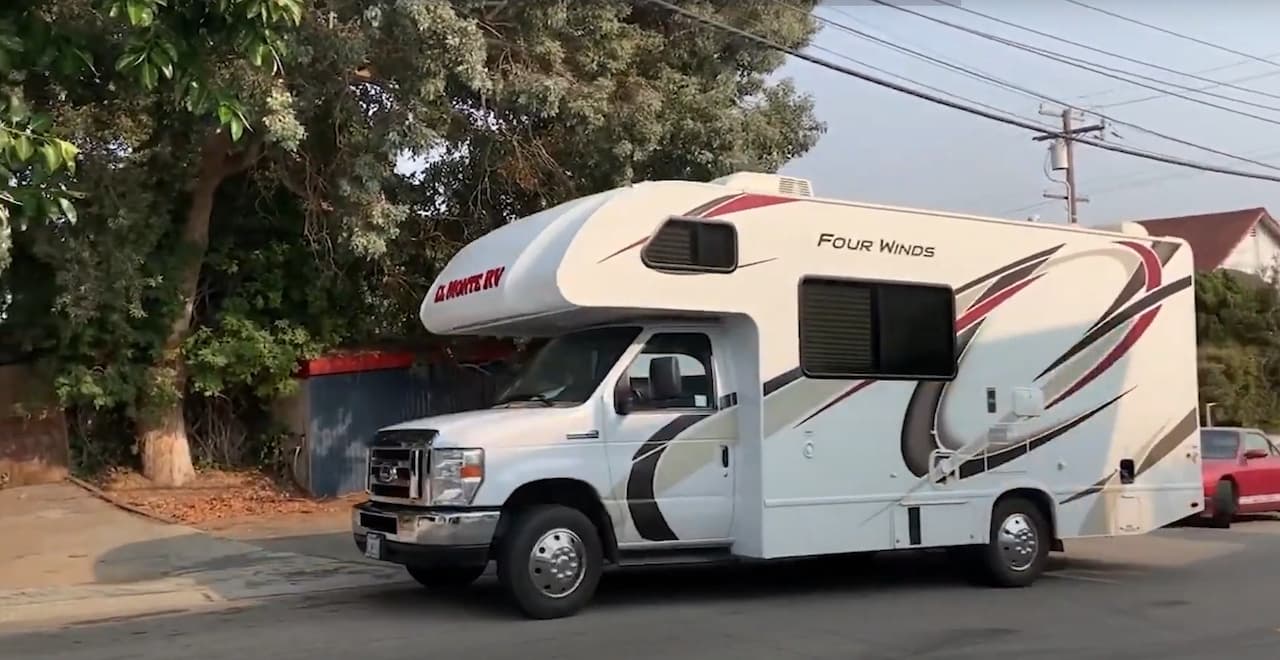
RVing is one of the fastest-growing trends inspiring solo travelers, families, and couples to hit the road. RV travel allows you to visit places you wouldn’t be able to access on your own. You may drive at your leisure and stay at some of the planet’s most breathtaking locations.
Best of all, it gives you the opportunity to unplug from technology and clear your mind. If you’ve never been on an RV trip before, the process of planning one may feel daunting. But with a little bit of research and preparation, you’ll be ready to hit the open road in no time.
If you’re thinking about taking an RV trip, there are a few things you need to do in order to make sure it goes smoothly. Planning is key when it comes to RVing, and if you take the time to do it right, your trip will be a lot more enjoyable.
In this blog post, we’ll talk about how to plan an RV trip from start to finish. We’ll cover everything from choosing a destination to packing your vehicle! So read on for some helpful tips on making your next RV road trip a success!
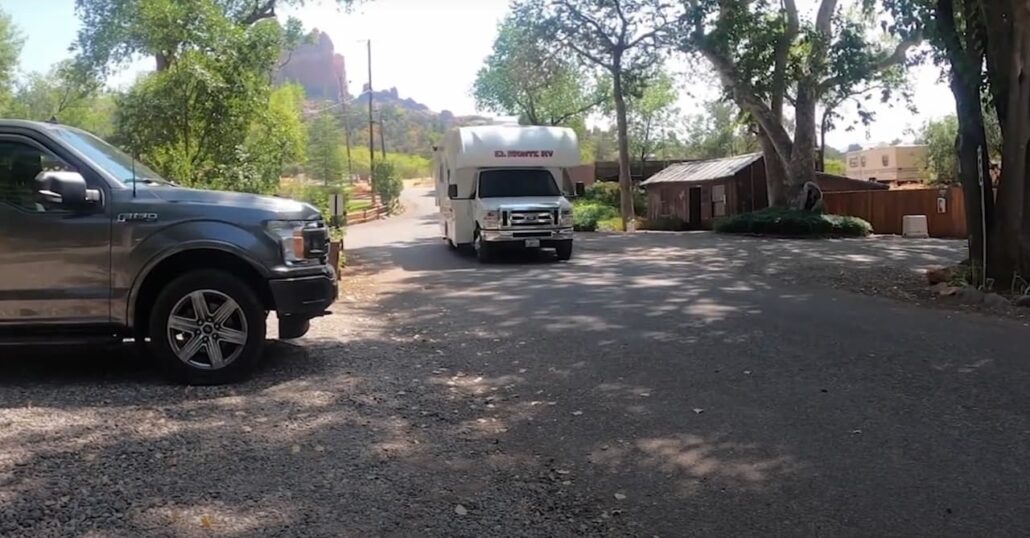
How to Plan a Successful RV Trip
Choose The Route
The first step to planning an RV trip is to choose the route. There are a few things to consider when choosing the route for your trip.
The first is how long you want to be on the road. If you only have a week or two, you’ll want to stick to a shorter route.
The second is what type of scenery you want to see. Do you want to stick to one state or travel across the country? Once you’ve decided on the basics of your route, it’s time to start mapping it out.
You can map out your route in a few different ways:
- The first is by using Google Maps. This is a great option if you just want a general idea of where you’re going;
- You can also use a more specialized RV trip planner, like RV Trip Wizard. This tool allows you to input your starting point, ending point, and any stops that you want to make along the way. It will then generate a custom route for you;
- Another great option for mapping out your route is using a GPS system designed for RVs. These systems come pre-loaded with campgrounds, gas stations, and other points of interest. They can be a great help in planning your trip and making sure that you don’t miss anything important;
Once you’ve chosen your route, it’s time to start planning out your daily itinerary. This is where things like attractions, restaurants, and activities come into play. Start by making a list of all the places that you want to visit. Then, research each one to find out what days and times they’re open. You’ll also want to look into things like cost, parking, and any special requirements (like reservations).
Pick Your Campgrounds
The first step in planning your RV trip is to decide where you want to go. Do you want to stay in one place, or move around? Once you’ve decided that, the next step is to find campgrounds that fit your needs.
There are a few things to consider when choosing a campground:
Location. You’ll want to choose a campground that’s close to the places you want to visit;
Amenities. Some campgrounds have more amenities than others. If you’re traveling with young children, for example, you might want a campground with a playground or swimming pool;
Cost. Campgrounds can vary widely in cost. You’ll want to choose one that fits your budget;
Season. Some campgrounds are only open during certain seasons. If you’re planning a winter trip, for example, you’ll want to make sure the campground you choose is open then;
Once you’ve considered all of these factors, you can start looking for campgrounds. There are a few different ways to do this:
- Online directories. Websites like Campendium and RV Park Reviews list thousands of campgrounds across the country;
- State websites. Many states have websites with lists of state parks and other camping options;
- National websites. The National Park Service and Bureau of Land Management both have websites with lists of campsites on public land;
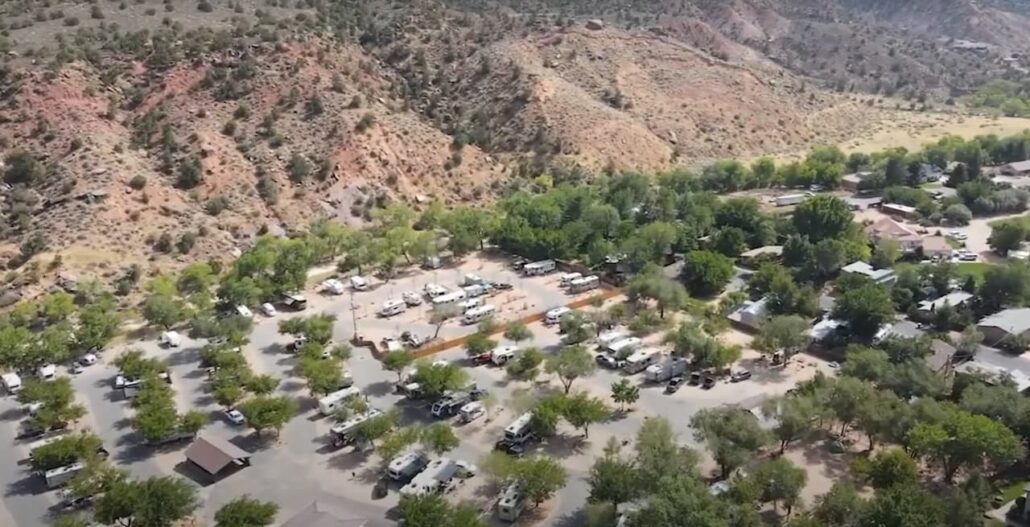
What You Need To Pack
Clothes:
- Shirts;
- Pants;
- Dresses/skirts;
- Shoes;
- Socks;
- Undergarments;
- Coats/hats/gloves (if necessary);
Tools/Utility Items:
- Flashlights;
- Batteries;
- First aid kits;
- Multi-purpose tools;
- Fire extinguisher;
- Hoses/cables/chains;
Toiletries are necessary on any trip, whether you’re staying in a hotel or camping in an RV. Be sure to pack your toothbrush, toothpaste, floss, and mouthwash. You’ll also want to bring along soap, shampoo, conditioner, lotion, sunscreen, deodorant, shaving cream, and any other personal care items you can’t live without. Don’t forget your toilet paper!
Food and Water Items:
- Ice chests/coolers;
- Nonperishable food items;
- Paper plates/cups/utensils;
- Grill and propane;
- Water containers;
Toys and Sports Equipment (optional):
- Bikes;
- Hiking gear;
- Fishing poles;
- Kayak/canoe;
- Swimsuits/towels;
- Beach toys/chairs/umbrella;
Other Important Items:
- Cell phone and charger;
- GPS unit (optional);
- Road maps;
- Camera and film or memory card;
- Books/magazines/games;
Pack for your trip as you would for any other vacation. In addition to clothes and toiletries, be sure to bring along any medications you or your family members take on a regular basis. It’s also a good idea to pack a first aid kit in case of minor injuries.
If you’re bringing along children, don’t forget their favorite toys and games to keep them entertained during the drive. And if you’re planning on doing any hiking, biking, or fishing while on your trip, be sure to pack the appropriate gear.
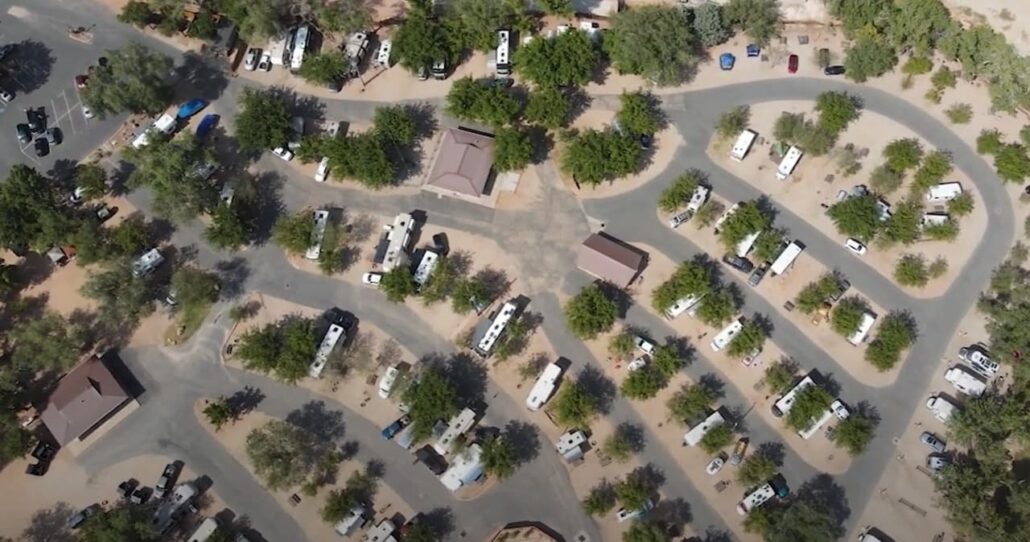
RV Meal Planning
When staying in an RV, you have the choice of cooking food similar to what you would at home since you have a stove, microwave, and so on. Or you may do more campfire cooking. We don’t do much camping over the winter because we live in our RV full-time but instead focus on keeping our meals simple since it’s such a tiny kitchen.
When we do camp, we tend to do a lot of hot dogs and “S’mores”! If you are planning on doing more cooking while camping, here are some tips:
- Make a list of all the meals you want to eat while on your trip. This will help you figure out how much food to bring and what type of food to bring;
- If possible, try to cook ahead of time and freeze meals. This will make it easier to reheat meals while on your trip;
- Bring along easy-to-make snacks like granola bars or fruit that don’t need to be refrigerated;
- Don’t forget about breakfast! Cereal, oatmeal, and eggs are all easy to make in an RV;
- And finally, don’t forget the marshmallows for that “S’mores”;
It’s also worth noting that because you’ll be out exploring for most of the day, the last thing you want to do is return and spend a lot of time in the kitchen. Another incentive to make simple dinners!
Tips for RV Owners Who Plan a Trip2
How to Get Power?
If you’re boondocking or dry camping, you’ll need to be completely self-sufficient for your power needs. This means having a solar setup or generator (or both) to keep your batteries charged.
If you’re plugged into campground power, then you’ll have access to shore power and won’t need to worry about your own power generation. However, it’s still a good idea to have a backup plan in case of power outages.
In either case, make sure you know how much power you’ll need and plan accordingly. Bring along plenty of extension cords and surge protectors to ensure that you can plug in wherever you end up staying.
Additionally, consider investing in a portable battery pack. This can come in handy for charging phones, laptops, and other devices when you’re on the go.
Finally, don’t forget to pack plenty of batteries for things like flashlights and smoke detectors.
How to Get Internet Connection?
If your RV doesn’t have built-in WiFi, you’ll need to find other ways to connect. You can either use a mobile hotspot or camp at an RV park that has its own WiFi network.
If you’re using a mobile hotspot, make sure you have a data plan that will cover your needs. And if you’re relying on public WiFi, be aware of the potential security risks.
How to Save Money on Gas?
The first thing you need to do when planning an RV trip is figuring out how much gas your vehicle will need. This can be done by using a gas calculator or contacting a local gas station. Once you know how much gas your vehicle will require, you can start looking for ways to save money on fuel costs.
One way to save money on gasoline is to purchase a fuel-efficient vehicle. If you already have an RV, consider upgrading to a more fuel-efficient model.
Another option is to carpool with other travelers who are also taking an RV trip. This can help reduce the amount of gasoline your group consumes overall.
How to Find the Back Roads?
One of the best things about taking an RV trip is getting to explore all the back roads and hidden gems that most people never get to see. But, planning a route can be tricky if you’re not familiar with the area.
Also, you may ask locals for recommendations. Another option is to use a GPS system or online map service that includes information on scenic routes and less-traveled roads. Once you have your route planned, be sure to double-check it for any closures or construction that could impact your travel.
How and Where to Take Breaks?
We can step away from our regular obligations (assemble the camp, prepare our meals, and DIY everything) at a glamping site and truly unwind. A beautiful treehouse, dome, yurt, or safari tent has been created with your enjoyment in mind, and if you need anything else, your host is ready to assist.
When we go glamping, we can slow down and appreciate the finer things in life that we often overlook when we’re busy with work and everyday responsibilities. Taking a break to go glamping is the perfect way to recharge your batteries, connect with nature, and enjoy some well-deserved R&R.
How to Organize RV Toilets and Showers?
RV toilets and showers can be tricky to keep organized. Here are a few tips to help you keep your RV bathroom clean and tidy:
- Use airtight containers for all of your toiletries. This will help to keep them from spilling and making a mess;
- Keep a small trashcan in the bathroom for waste paper and other items;
- Use hooks or shelves to store towels and other items that you need close at hand;
- If possible, install a shower caddy or organizer in your shower so that all of your shampoo, soap, and other items are within easy reach;
- Clean your bathroom regularly to prevent mildew and mold from taking hold. Wiping down surfaces after each use will help to keep your bathroom clean and fresh;
The key to keeping your RV kitchen organized is to make use of all the available space. Here are a few tips:
- Install shelves or cabinets above the countertops for storing dishes, pans, and other items;
- Use hooks on the walls for hanging pots, pans, and other utensils;
- Keep frequently used items within easy reach by storing them in lower cabinets or drawers;
- Use airtight containers for storing dry goods such as flour, sugar, and cereal;
- Organize your spices by grouping them together in a spice rack or drawer;
- Run out of storage space? Get creative and use the space under your bed or sofa for storing items in plastic bins;
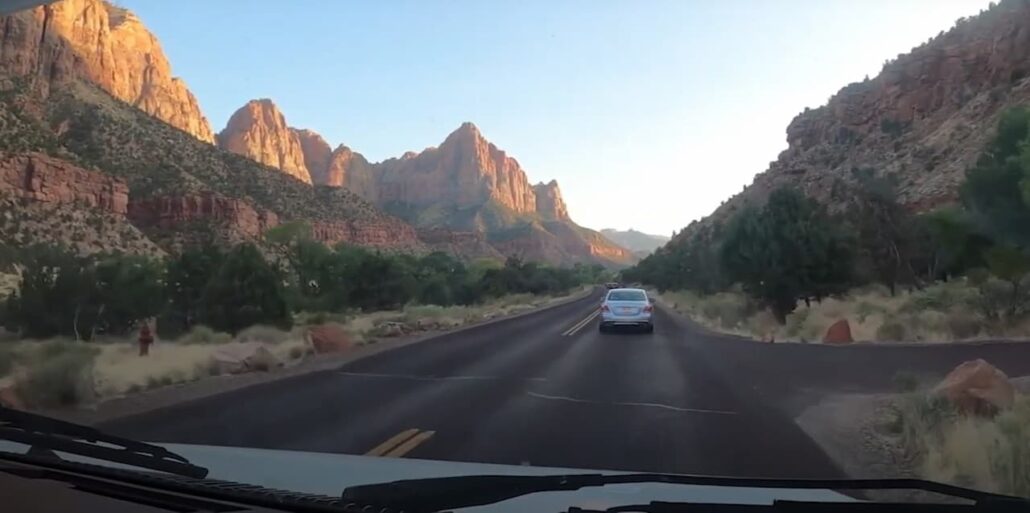
FAQ
How do you use an RV Trip Planner?
Using an RV trip planner is easy! Just enter your starting point, destination, and the dates of your trip. Then, add in any stops you might want to make along the way. The RV trip planner will do the rest, creating a detailed route for you to follow.
How far should you travel each day in an RV?
It depends on a few factors:
- First, consider how long you want to spend driving each day. If you’re looking to average about five hours of driving per day, that leaves plenty of time for sightseeing and exploring your destination;
- Second, take into account the type of roads you’ll be traveling on. If you’re sticking to highways and interstates, you can probably cover more ground than if you’re winding your way through back roads and small towns;
- Finally, don’t forget to factor in rest stops, gas stations, and overnight camping spots. You don’t want to push yourself too hard and end up exhausted at the end of each day. By planning ahead and giving yourself some wiggle room, you can ensure that your RV trip is enjoyable and stress-free;
What is the 3/3/3 rule for RVing?
Take these steps to limit your mileage. Let’s start with day one:
- First, keep your travel below 300 miles in a single day;
- Second, arrive no later than 3 p.m.;
- Finally, stay for at least three days at your destination;
This will give you time to rest, explore, and really enjoy your surroundings.
How do I use Google Maps to plan an RV trip?
If you’re like most people, you probably use Google Maps to get directions when you’re driving somewhere new. But did you know that you can also use it to plan an RV trip? Here’s how:
- First, enter your starting point and destination into Google Maps. Then, click on the menu icon in the top left corner of the screen and select “Get Directions”;
- Next, click on the drop-down menu next to “Driving” and select “RV”. This will bring up a new set of options specifically for planning an RV trip;
- You can then select your preferred route type (scenic, fastest, shortest, etc.), as well as your RV’s length and width. Google Maps will then generate a custom route for your trip, taking into account any RV-specific restrictions;
- Finally, click on the “Start” button and Google Maps will provide turn-by-turn directions for your entire trip;
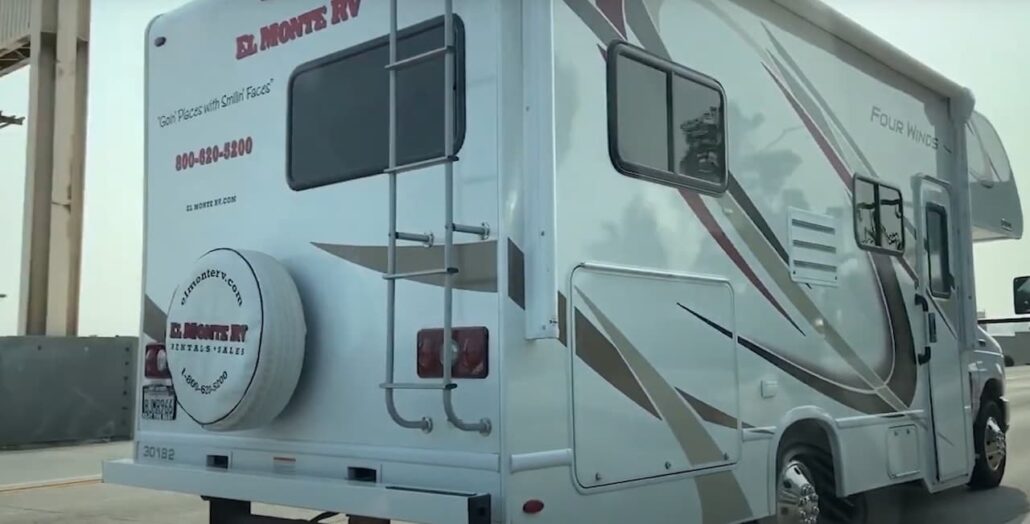
What do I need for my first RV trip?
You will need to purchase or rent an RV, as well as all of the necessary gear to go along with it. This includes things like sleeping bags, cookware, and camp chairs. You will also need to make sure you have a vehicle that can tow your RV, as well as any other vehicles you plan on taking with you on your trip.
Once you have all of your equipment, it is time to start planning your route. You will need to take into account where you want to go, how long you want to stay there, and what kind of activities you want to do while you are there. There are many resources available online and in print that can help you plan the perfect RV trip.
One of the most important things to remember when planning an RV trip is to make sure you have enough fuel and supplies to last the entire trip. This includes food, water, and other necessities. It is also a good idea to plan for any emergencies that may come up while you are on the road. By being prepared, you can ensure that your trip goes smoothly and everyone has a great time.
How safe is an RV road trip?
RV road trips are very safe. In fact, they are becoming more and more popular each year. RVing is a great way to see the country and spend time with family and friends.
Here are a few tips to help you plan a safe RV trip:
- Check the weather conditions before you leave and plan your route accordingly. If possible, avoid driving in bad weather;
- Make sure your RV is in good working condition before you hit the road. This includes checking the tires, brakes, lights, and fluid levels;
- Drive defensively and be aware of other drivers on the road. If someone is tailgating you or driving erratically, give them plenty of space;
- Plan your rest stops ahead of time so you can take breaks every few hours. This will help prevent driver fatigue;
- Never drive under the influence of drugs or alcohol;
